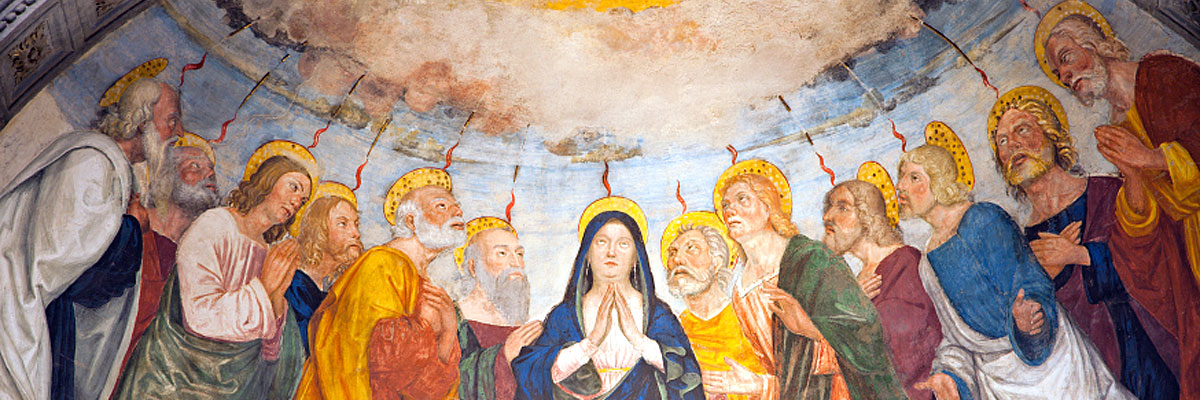
Understanding Our Church
A Treasury of Arkansas Writers Discussing the Catholic Faith
Official Website of the
Catholic Diocese of Little Rock
Lectio Divina offers in-depth Scripture reflection, meditation
Published: July 21, 2007
By Charlotte Miller
English Teacher, Mount St. Mary Academy
Sometimes on TV we see the warning: “Do not try this at home.” Such an admonition would never be appropriate for prayer, however; we must “try it” at home, even though we sometimes feel we do not know how to pray. This feeling of inadequacy affords us good company inasmuch as the apostles themselves felt the same way.
In Luke 11:2 we are told that they asked, “Lord, teach us to pray ... .” Jesus’ response was, of course, the “Our Father.” It is interesting to note that the apostles asked Jesus this question after he had finished praying, according to the text. Had he prayed in their company? Did he pray aloud? Were the apostles watching from nearby?
Did they observe something in Jesus’ demeanor as he prayed or after he had concluded praying that indicated his prayer experience was different from theirs? What I have demonstrated here is actually part of a very ancient prayer practice called “Lectio Divina,” or “holy reading.”
“Lectio Divina” is not a rigid formula but a process helpful in growing closer to God. The hardest part is taking the time to practice the process. But if we truly desire intimacy with God, we will find the time.
What I did was read a passage of Scripture, allowing one part to call attention to itself, to “speak to my heart,” and then I engaged in meditating on it, thinking about it — in this case asking questions suggested in my imagination. “Lectio Divina” has four parts: “lectio” (reading), “meditatio” (meditation, reflection), “oratio” (prayer, responding) and “contemplatio” (contemplation).
Before you give up because of Latin terms or steps you think you must memorize, let me hasten to say that, in fact, these aspects of the practice fall into place quite naturally, not requiring any sort of rule-following. The first step does require reading. Some people use one of the readings for the day.
Others simply open the Bible and read. In any case, one reads until something captures the imagination or speaks to the heart. The reader then speaks the words aloud: “Lord, teach us to pray ... Lord, teach us to pray,” etc. The next step is to meditate or reflect on the passage.
As I pondered the passage from Luke, I began imagining the scene and asking questions. As I reflected further, I realized that Jesus responded immediately to the Apostles’ request; he honored their concern. And I also realized Jesus was reminding me, personally: “Pray.” At that point I felt, as we all have felt, an intense desire to be close to God, bringing me to “oratio,” prayer.
Obviously all of this process is prayer, but one segment is specifically called “prayer”: “oratio.” Here we converse with the one who has been prompting us thus far. Here we offer our deepest selves to God. Finally, we find ourselves at “contemplatio,” simply being with God. Neither thought nor words are necessary at this point.
These steps are quite natural, each moving effortlessly from the preceding one; furthermore, the steps may be recursive. “Lectio Divina” is not a rigid formula but a process helpful in growing closer to God. The hardest part is taking the time to practice the process. But if we truly desire intimacy with God, we will find the time.
We will set aside a part of our day to cultivate that relationship we know is the most important relationship in our lives. And we will find that God will honor our desire just as he honored the desire of the Apostles who asked him, “Lord, teach us to pray ... .”



